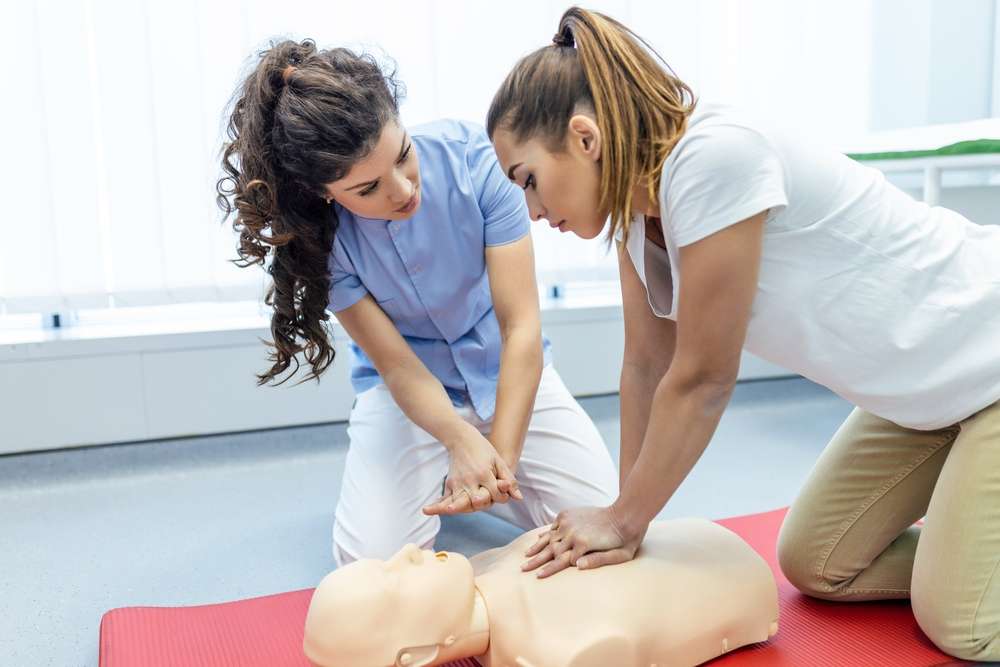Medical Assistant Training in Japan: Bridging Healthcare Education and Practice
Japan's healthcare system is renowned for its efficiency and quality, making it an attractive destination for those seeking medical assistant training. This article explores the landscape of medical assistant education in Japan, highlighting the unique aspects of healthcare training in this technologically advanced nation.

Medical assistants in Japan are expected to have a strong foundation in medical terminology, anatomy, and physiology. They also need to be proficient in using electronic health record systems and other healthcare technologies that are prevalent in Japanese medical facilities.
How does medical assistant training in Japan differ from other countries?
Medical assistant training in Japan is known for its comprehensive approach and emphasis on practical skills. The education system in Japan places a strong focus on hands-on experience, which is reflected in medical assistant programs. Students often participate in extensive clinical rotations and simulations to gain real-world experience before entering the workforce.
Another unique aspect of medical assistant training in Japan is the integration of traditional Japanese medical practices with modern healthcare techniques. This holistic approach provides students with a broader perspective on patient care and treatment options.
What are the requirements for medical assistant training in Japan?
To pursue medical assistant training in Japan, prospective students typically need to meet certain requirements:
-
Educational background: A high school diploma or equivalent is usually the minimum requirement.
-
Language proficiency: Given that most programs are conducted in Japanese, a strong command of the language is essential.
-
Health certifications: Some programs may require basic health certifications or vaccinations.
-
Entrance exams: Many institutions conduct entrance exams to assess applicants’ aptitude for medical studies.
It’s important to note that specific requirements may vary depending on the institution and program chosen.
What does the curriculum for medical assistant training in Japan typically include?
The curriculum for medical assistant training in Japan is designed to provide a comprehensive foundation in healthcare education. Typical courses include:
-
Medical terminology and anatomy
-
Basic clinical procedures
-
Healthcare ethics and patient communication
-
Japanese healthcare system and regulations
-
Electronic health record management
-
Pharmacology basics
-
Infection control and safety protocols
-
Medical office administration
In addition to classroom instruction, students are often required to complete practical training sessions and internships at healthcare facilities.
Are there opportunities for international students in medical assistant training programs in Japan?
While the majority of medical assistant training programs in Japan are conducted in Japanese, there is a growing interest in attracting international students to the healthcare sector. Some institutions offer programs with English language support or specialized courses for international students.
However, it’s important to note that working as a medical assistant in Japan typically requires a high level of Japanese language proficiency, as patient communication is a crucial aspect of the role. International students interested in pursuing medical assistant training in Japan should be prepared to invest time in language studies alongside their medical education.
What are the career prospects for medical assistants in Japan?
The healthcare industry in Japan is experiencing growth due to the country’s aging population, creating a demand for skilled medical assistants. Graduates of medical assistant training programs in Japan can find employment opportunities in various healthcare settings, including:
-
Hospitals and clinics
-
Long-term care facilities
-
Medical research institutions
-
Pharmaceutical companies
-
Health insurance organizations
Career advancement opportunities may include specializing in specific areas of healthcare or moving into supervisory roles within medical facilities.
| Institution | Program Duration | Key Features |
|---|---|---|
| Tokyo Healthcare Academy | 2 years | Extensive clinical rotations, modern facility |
| Osaka Medical Assistant School | 18 months | Specialization options, job placement assistance |
| Fukuoka Health Institute | 2 years | English-friendly program, international internships |
| Kyoto Medical Training Center | 1 year | Accelerated program, focus on geriatric care |
Prices, rates, or cost estimates mentioned in this article are based on the latest available information but may change over time. Independent research is advised before making financial decisions.
Medical assistant training in Japan offers a unique blend of traditional values and cutting-edge healthcare practices. As the country continues to face healthcare challenges associated with an aging population, the role of well-trained medical assistants becomes increasingly vital. Whether you’re a domestic student or an international learner looking to expand your horizons, pursuing medical assistant training in Japan can provide you with valuable skills and experiences that are highly regarded in the global healthcare community.
This article is for informational purposes only and should not be considered medical advice. Please consult a qualified healthcare professional for personalized guidance and treatment.






